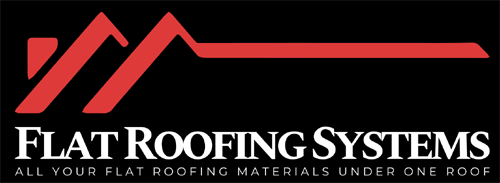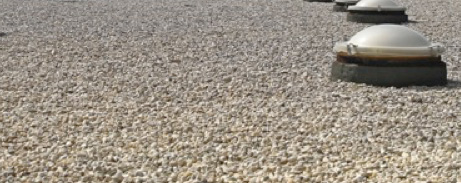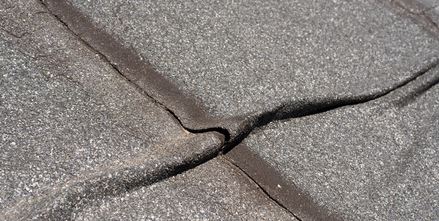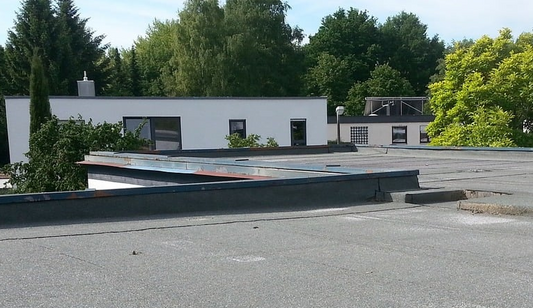Liquid membrane roofing is a versatile waterproofing solution that can be used on a wide variety of building types, but there are some limitations to consider.
Here's a detailed look at the suitability of liquid roofing for different structures:
Commercial and Industrial Buildings
Liquid roofing membranes are commonly used on flat or low-slope roofs of commercial and industrial buildings such as offices, warehouses, factories, and shopping centers.
These buildings often have large roof areas with complex details and penetrations, making seamless liquid membranes an ideal choice for reliable waterproofing.
Residential Buildings
While less common than in commercial settings, liquid roofing can be applied on residential buildings with flat or low-pitched roofs, particularly in areas prone to heavy rainfall.
However, liquid membranes are generally more cost-effective for larger roof areas, so they may not always be the most economical choice for smaller residential roofs.
Public and Institutional Buildings
Liquid roofing is frequently specified for public buildings like schools, hospitals, and government facilities due to its durability, longevity, and low maintenance requirements.
The seamless waterproofing and ability to withstand harsh environmental conditions make liquid membranes a reliable choice for these critical structures.
Infrastructure
Beyond buildings, liquid applied membranes can waterproof various infrastructure elements such as bridges, tunnels, parking decks, and walkways.
The flexible and elastic properties of liquid roofing allow it to accommodate structural movement and protect concrete surfaces from water damage.
Green Roofs
Liquid roofing systems are compatible with green roof installations, serving as the waterproof layer beneath the growing medium and vegetation.
The membrane prevents water infiltration into the building while supporting the eco-friendly benefits of a green roof.
Limitations and Considerations
While liquid roofing is adaptable to many building types, there are some limitations to keep in mind:
Liquid applied roof membranes are best suited for flat or low-slope roofs. They may not provide adequate protection on steep-sloped roofs where water runoff is more rapid.
Proper surface preparation is critical for adhesion. Substrates must be clean, dry, and in good condition before applying liquid roofing.
Professional installation is recommended to ensure correct application thickness, detailing around penetrations, and proper curing of the membrane.
Extremely cold temperatures or high humidity during application can affect curing and performance.
Rounding Up
In summary, liquid waterproofing membranes can be used successfully on a broad range of commercial, industrial, residential, and public buildings, as well as infrastructure projects.
Their seamless coverage, durability, and waterproofing effectiveness make them a reliable choice for protecting flat and low-slope roofs.
However, the specific building design, roof slope, substrate conditions, and environmental factors should be assessed to determine if a liquid applied membrane is the optimal solution for each project.




